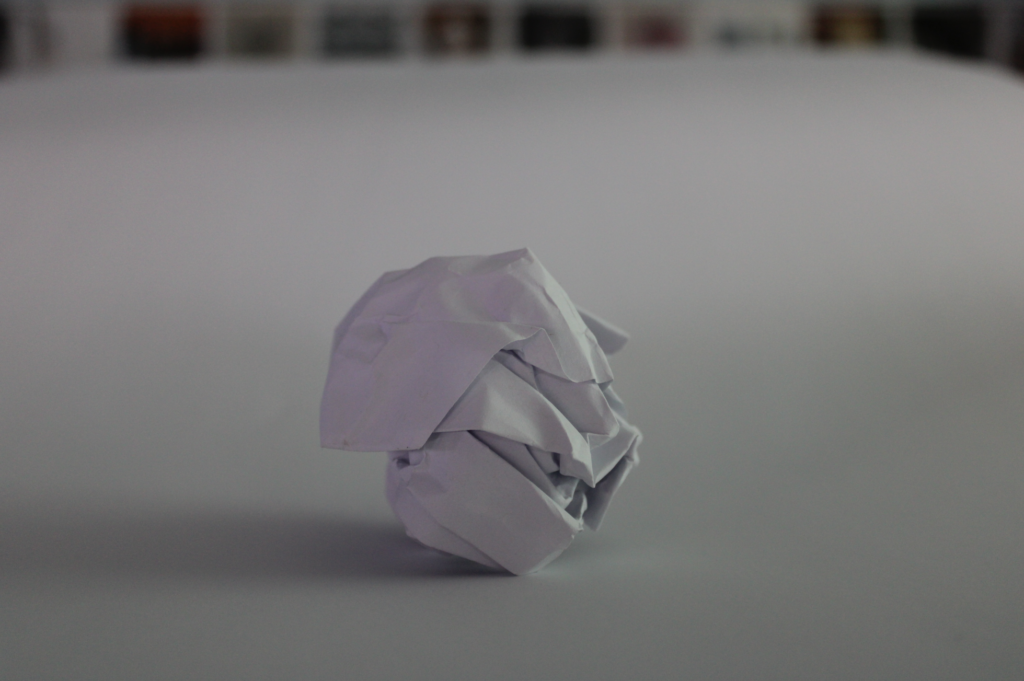What is ISO?
ISO (International Organisation for Standardisation) is a number you can change on your camera which adjusts how sensitive your camera sensor is to light.
How does changing ISO affect images?
A lower ISO value means there is less sensitivity to light, so you will need more light to take a good photo, whereas a higher ISO value increases sensitivity to light meaning less light is needed for a photo. However, if ISO is set too high, visual noise can start being introduced into the image which is a grainy effect that if unintentional can lower the quality and effectiveness of your photo.

Despite this drawback, higher ISO values are still useful for taking photos where there are low levels of light. If you have ideal lighting conditions, your ISO number should be kept low to avoid introducing visual noise into your photographs. Unlike aperture and shutter speed, ISO is adjusted by pressing the ISO button and then selecting your desired number.
My ISO photos:
For my photoshoot, I took pictures of the same subjects while adjusting the shutter speed and ISO numbers to explore how they affect images.

Below are two images of a scrunched up paper ball, both taken at the same shutter speed but with different ISO numbers.


The first photo is significantly darker than the second because the ISO number is extremely low, which has reduced light sensitivity and caused a darker image. The second photo is much brighter due to a higher ISO number which has increased light sensitivity, as well as beginning to introduce visual noise into the image.
When taking photos, you need to adjust shutter speed, aperture and ISO all together to ensure the lighting is optimal for the effect you are trying to achieve. Fast shutter speeds which let in less light alongside low ISO levels to decrease light sensitivity can cause extremely dark photos, such as the one below.

If you over-adjust one aspect while not adjusting another, you can fix the lighting problem but introduce other issues into your photos. For example, in the image below, the shutter speed is still fast (1/100 sec) but the ISO has increased drastically to 6400, which has improved the lighting significantly but also introduced visual noise which has affect the quality of the image.

However, with the right amount of adjustment for each aspect (aperture, shutter speed and ISO), you can achieve your desired lighting without harming the image too much in other ways such as visual noise.


Conclusion:
Aperture, shutter speed and ISO all affect the brightness of your image so it is important to adjust each one to make sure your photos are your desired brightness whilst minimising other consequences like visual noise. For example, if you use a low ISO number, you might want to compensate by using a slower shutter speed and larger aperture to achieve optimal lighting.
